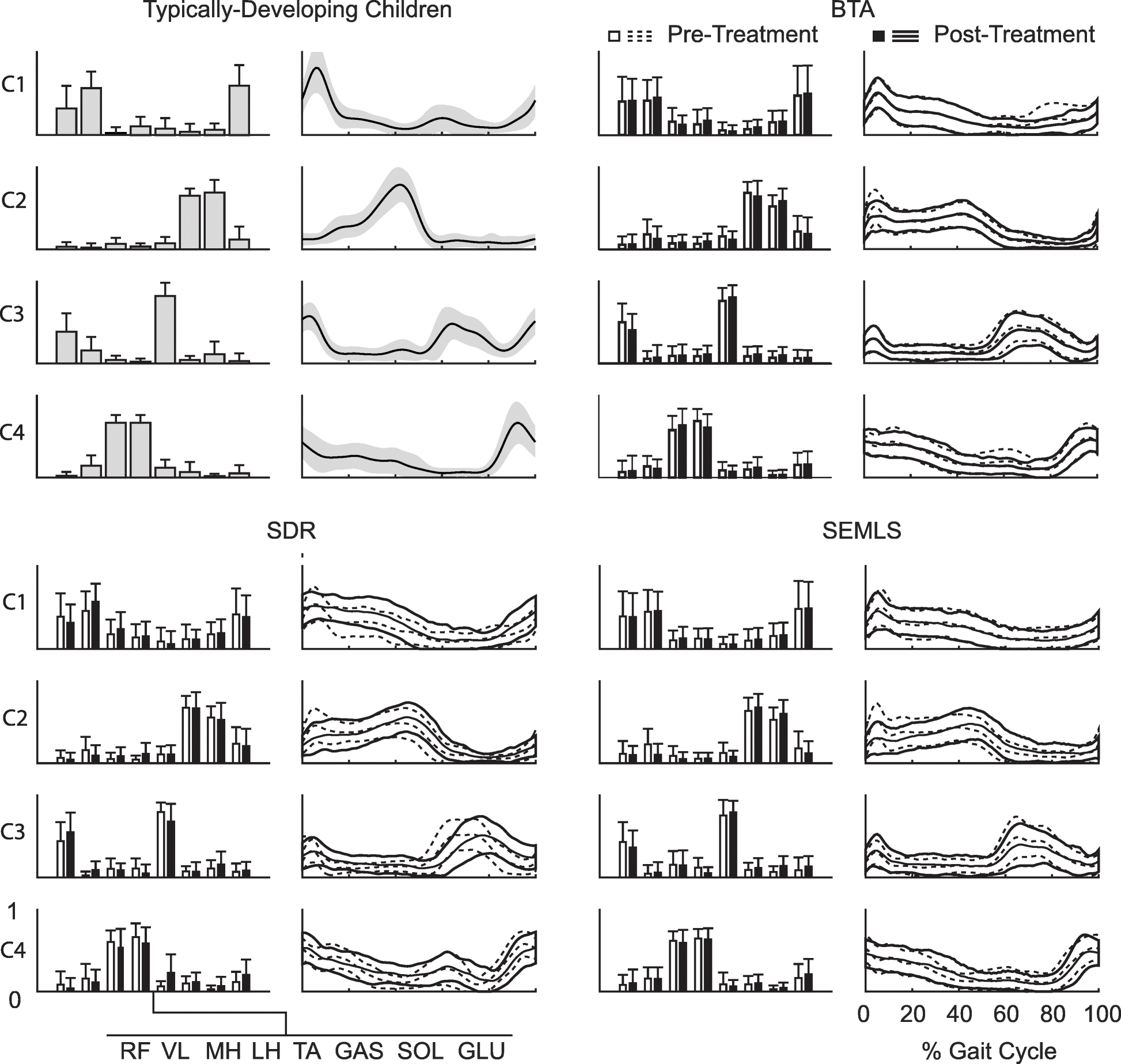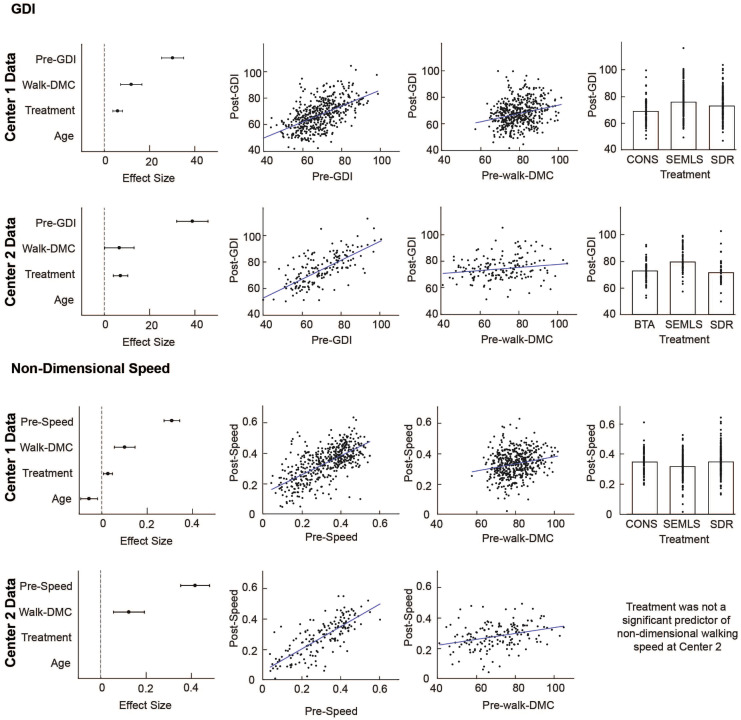Journal Article in Archives of Physical Medicine and Rehabilitation:
We collaborated with rehabilitation clinicians across the Seattle region to understand the barriers and facilitators of using wireless electromyography sensors to track motor recovery in the clinic and community
Objective: To examine the perceived value, benefits, drawbacks, and ideas for technology development and implementation of surface electromyography recordings in neurologic rehabilitation practice from clinical stakeholder perspectives.
Design: A qualitative, phenomenological study was conducted. In-depth, semistructured interviews and focus groups were completed. Sessions included questions about clinician perspectives and demonstrations of surface electromyography systems to garner perceptions of specific system features.
Setting: The study was conducted at hospital systems in a large metropolitan area.
Participants: Adult and pediatric physical therapists, occupational therapists, and physiatrists from inpatient, outpatient, and research settings (N=22) took part in the study.
Interventions: Not applicable.
Main Outcome Measures: Interviews and focus groups were audio-recorded, transcribed verbatim, then coded for analysis into themes.
Results: Four major themes emerged: (1) low-tech clinical practice and future directions for rehabilitation; (2) barriers to surface electromyography uptake and potential solutions; (3) benefits of surface electromyography for targeted populations; and (4) essential features of surface electromyography systems.
Conclusions: Surface electromyography systems were not routinely utilized for assessment or intervention following neurologic injury. Despite recognition of potential clinical benefits of surface electromyography use, clinicians identified limited time and resources as key barriers to implementation. Perspectives on design and surface electromyography system features indicated the need for streamlined, intuitive, and clinically effective applications. Further research is needed to determine feasibility and clinical relevance of surface electromyography in rehabilitation intervention.




